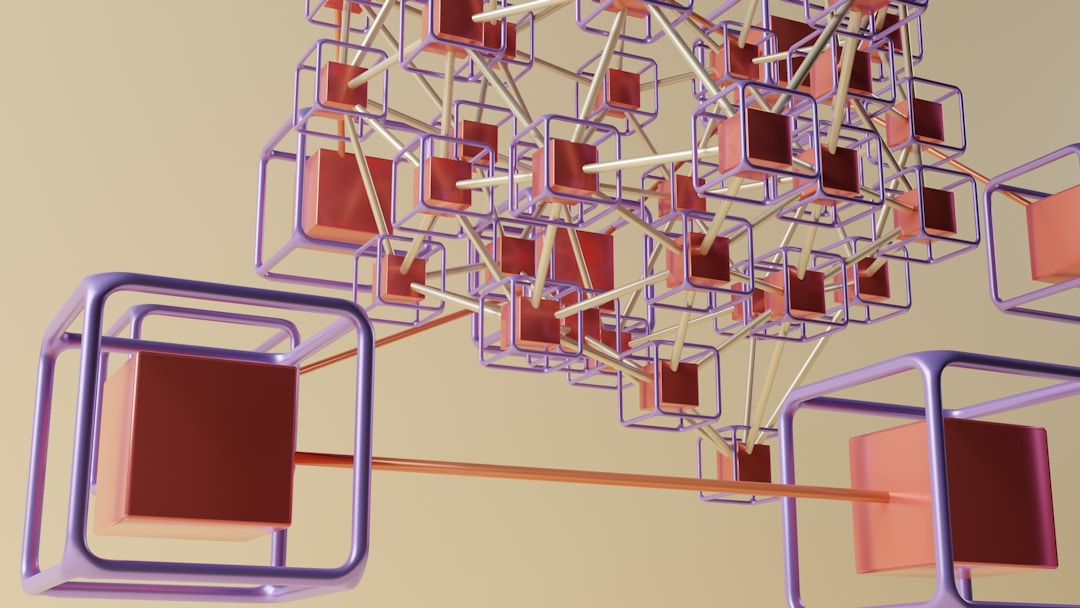Collaborative decision-making is a critical process in every organization. It determines the path that the organization takes toward achieving its objectives. One of the tools that has gained enormous popularity in recent years due to its simplicity and effectiveness is the node diagram. In this article, we will explore the role of node diagrams in streamlining communication and consensus in collaborative decision-making.
Understanding the Concept of Collaborative Decision-Making

Alt Text: Bubbles and poles representing a node diagram.
Collaborative decision-making involves a group of individuals who come together to make a decision. It revolves around dialogue, discussion, and consensus building. It is an inclusive process that encourages every participant to share their perspectives, opinions, and ideas.
However, collaborative decision-making can be challenging due to the diversity of opinions and ideas. It requires open communication and considerable negotiation skills to reach an agreement that everyone is comfortable with.
To mitigate these challenges, various organizations use tools and methodologies designed to facilitate smooth decision-making processes. This tool helps in visualizing ideas, concepts, and relationships that ease understanding and quicken the decision-making process.
The Role of Node Diagrams in Strengthening Collaborative Decisions
A node diagram is a graphical representation of data that showcases different nodes and their interconnections. Its main function in collaborative decision-making is to simplify complex information into easily digestible visual data.
It enables the participants to identify patterns, analyze relationships, and spot gaps in thoughts and connections. With the visual data in the node diagram, participants can have fruitful discussions leading to well-informed decisions.
Beyond simplifying information, node diagrams also foster transparency in decision-making. Each participant can see the thought process, which minimizes misunderstanding and assumptions, thereby contributing to constructive discussions.
They stimulate conversations and brainstorming sessions, making everyone feel part of the process. This kind of inclusion adds value to the decisions made, ultimately leading to the success of the organization.
Breaking Down the Process of Using Node Diagrams for Decision-Making

Alt Text: 3D cubes and poles representing a node diagram.
The process of using node diagrams in decision-making can be broken down into defined steps. First, the problem or situation that requires decision-making is identified and clearly defined using a node. Then, all the relevant data are collected.
Next, the collected data are structured and categorized into nodes and sub-nodes based on their relationships. The nodes are then visually represented in a diagram, showing how they interconnect.
The node diagram is then analyzed to find patterns, relationships, and gaps in ideas and thoughts. Based on the findings, discussions are held to make a decision.
Throughout this process, the node diagram acts as a roadmap guiding the decision-making course. It keeps the discussion on track, ensuring that all relevant details are covered before a decision is made.
The Future of Collaborative Decision-Making With Node Diagrams: Opportunities and Challenges
As collaborative decision-making becomes more prominent in modern organizations, the future of node diagrams looks promising. With advancements in technology, we can expect to see more sophisticated node diagrams that can handle more complex data and relationships.
These advancements will streamline communication and consensus-building in decision-making. However, these advancements will come with challenges. As the complexity increases, the skills needed to create and interpret node diagrams will also increase.
Despite the potential challenges, the use of node diagrams in collaborative decision-making offers numerous benefits. This includes improved clarity in communication, enhanced decision quality, and a more inclusive decision-making process.
Overall, the fusion of node diagrams in the collaborative decision-making process not only streamlines communication but also builds consensus, yielding quality decisions instrumental for organizational success.



